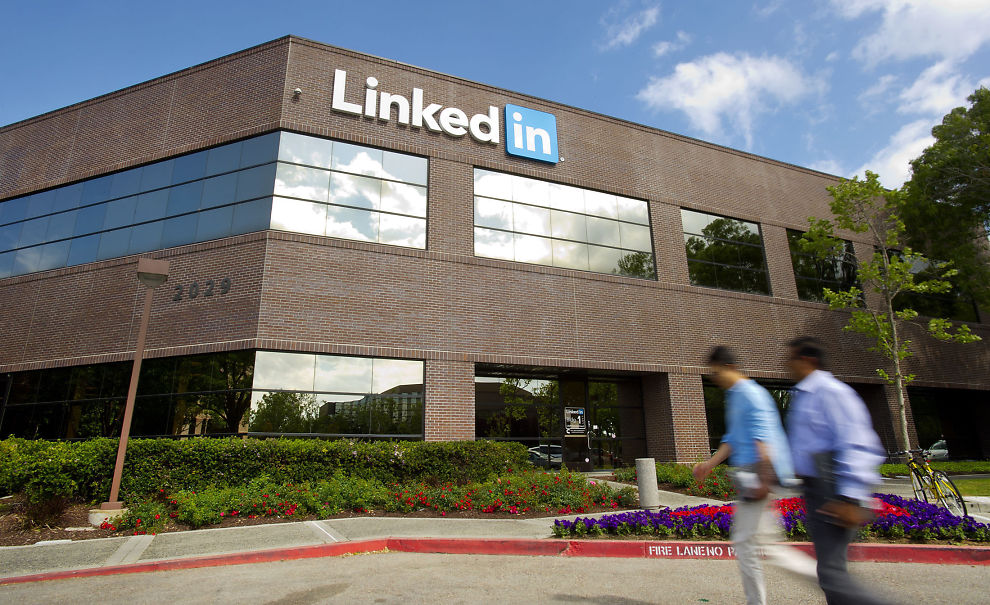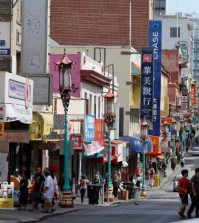- California Assembly OKs highest minimum wage in nation
- S. Korea unveils first graphic cigarette warnings
- US joins with South Korea, Japan in bid to deter North Korea
- LPGA golfer Chun In-gee finally back in action
- S. Korea won’t be top seed in final World Cup qualification round
- US men’s soccer misses 2nd straight Olympics
- US back on track in qualifying with 4-0 win over Guatemala
- High-intensity workout injuries spawn cottage industry
- CDC expands range of Zika mosquitoes into parts of Northeast
- Who knew? ‘The Walking Dead’ is helping families connect
[FC] The overlooked Asian American glass ceiling
LinkedIn was one of the company’s studied on Ascend’s Executive Parity Index. (AP Photo/Noah Berger)
There’s another glass ceiling you haven’t heard much about even though it’s 3.7 times harder to crack. Part of the problem is that it’s hiding in plain sight.
Silicon Valley, bastion of brogrammers and boys’-club VCs, has come under scrutiny for its dearth of diversity. Spurred by critics, Intel has pledged to upend its own dismal statistics by investing $300 million to recruit and promote gender and ethnic diversity within its ranks, while Apple made a $50 million grant to encourage engineers at historically black colleges and Google awarded $775,000 to Code2040 to launch a Technical Applicant Prep (TAP) program to give black and Latino students the resources and skills to get full-time jobs in the tech industry.
What’s missing in these initiatives is any sort of discussion to be more inclusive of Asian-American men and women in the executive pipeline, according to the Ascend Foundation, a nonprofit organization providing objective analysis to address the challenges facing the corporate community.
Ascend recently analyzed 2013 data from the U.S. Equal Employment Opportunity Commission (EEOC) on Google, Hewlett-Packard, Intel, LinkedIn, and Yahoo to determine how the glass ceiling affects Asian-Americans (defined by the EEOC as being from the Far East, Southeast Asia, or the Indian Subcontinent) in rising to management in Silicon Valley. The study authors also noted that they reviewed EEOC data for Cisco and eBay from 2010 and that those numbers were consistent with these companies.
















